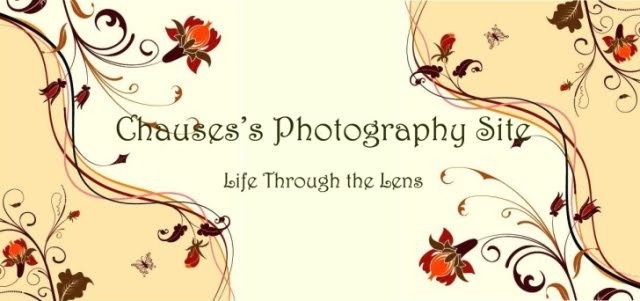Although I am not sure if there are people following my blog *grin*, but I am going to share what I learnt about photography here. We do not necessarily need take a course to learn something (although it surly helps), all we need is passion and determination. There are so many self-taught photographers out there and there are so much to learn from them. It is not going to be a regular post but whenever I dig into whatever, I will share them around, no guarantee that I will be all correct but let's learn together - please do correct me if I am wrong! :):)
ISO is probably one of the first few things that we would wonder about when coming to photography. So here we go -
ISO stands for International Standards Organization (well I didn't believe it at first but after some research it seems to be true...sound kind of business like...my Operation Management teacher at school would probably be very excited about ISO...lol). ISO gives state of specifications of a certain product / service. I would take ISO in photography as the specification of how sensitive the image sensor / film is to the light source - based on the ISO setting (standard) we desire.
Photographers who are very much into film photography would know a lot about ISO, as there is only one ISO setting per roll! My mum used to get ISO 200 films most of the time for everyday photos. Now we have digital cameras where literally every picture can have a different ISO setting - a lot more flexible!
Professional DSLR cameras on the market nowadays support ISO range from around 100-51,200. Generally speaking, the weaker the light source, the higher the ISO setting tend to be used to keep shutter speed in a reasonable level. However, the lowest possible ISO setting should be used in a given light source to get the best image quality possible.
So why higher ISO setting will result in more noise in the pictures in digital camera? It is because the actual sensitivity of the sensor can't be changed. When the ISO setting is high, the signal from pixels will be amplified by adding electronic gain, to allow the pixels on the sensor to 'see better' under low light condition, and this results in more noise in the photo (Real World Digital Photography, 2011). There are a lot of suggestions around about avoiding high ISO setting but it is also worthwhile to think about how are we going to use the image - is it going to be just a small print that the noise will probably be not too disturbing? Is it going to be a Black and White picture which sometimes a grainy picture is a plus? Is it the situation when freezing the moment is more important than anything else? In an uncontrolled environment, I would probably just press the shutter first and we will go from there...lol
ISO, Aperture and Shutter speed are closely related to each other. Let's look into the other two next. :):)

No comments:
Post a Comment